Traditional houses in this area are not renowned for their energy efficiency. In fact, you’re more likely to describe an old stone house as “leaky”, “damp” and “draughty”. Many modern energy efficiency techniques are either impossible, ineffective or worse, could actually perpetuate the problem.
Insulating your walls, either on the outside or in, according to many sources, is not the answer. Internal insulation acts as a barrier between you and your lovely thick stone walls, so any warmth they retain would not be enjoyed by you. External insulation blocks the breathability of the stone and can cause dampness.
However, there are some answers and it’s absolutely possible to keep warm in your old stone house, without resorting to whacking the heating right up or wearing every item of clothing you own all at once. Get started today with these 9 ideas:
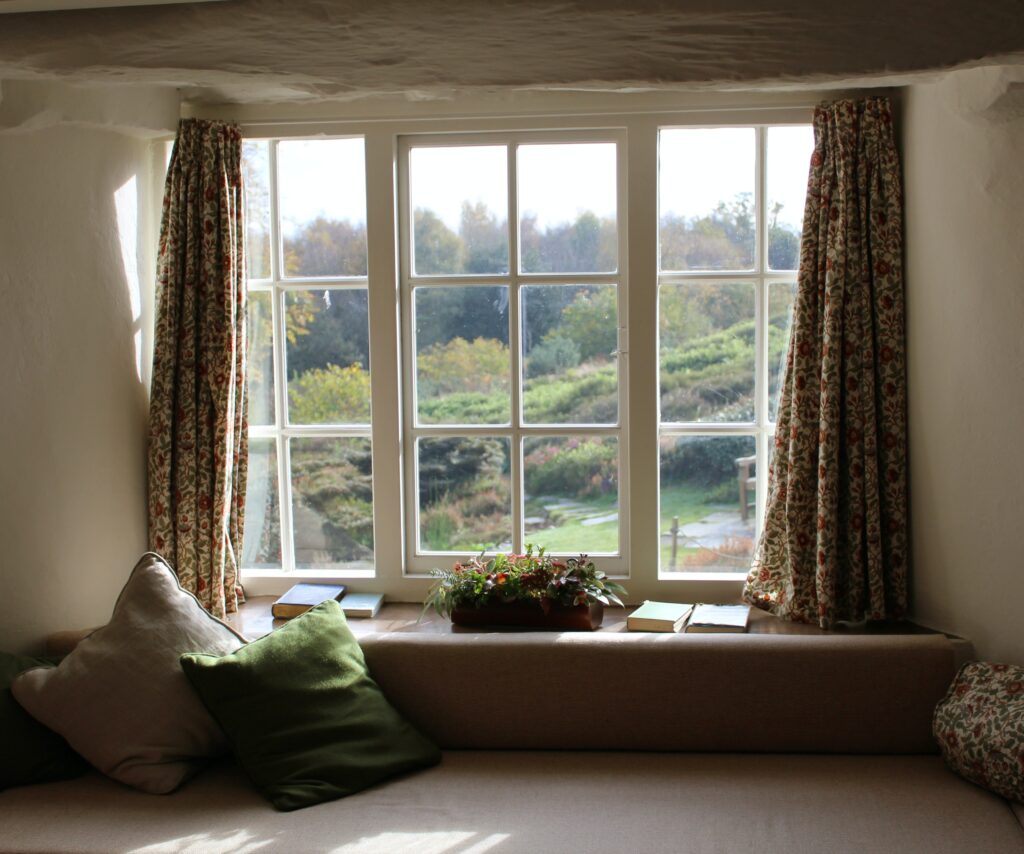
1. Curtains
So often, when I’ve searched for inspiration on interior design, I see huge areas of glass with no curtains. The majority of heat from a building is lost through its windows, so it makes sense to cover them in some decent, thick, insulating curtains. Fabrics such as wool have fantastic insulating properties.
But won’t curtains make your house really dark and gloomy? With some careful consideration of style, positioning and furniture arrangement as suggested here by Stitched, you can create a bright, light-filled space and also keep the heat in. Open your curtains during the day to let in as much heat as possible from the sun and close them as soon as the sun goes down. This ensures you retain all that heat.
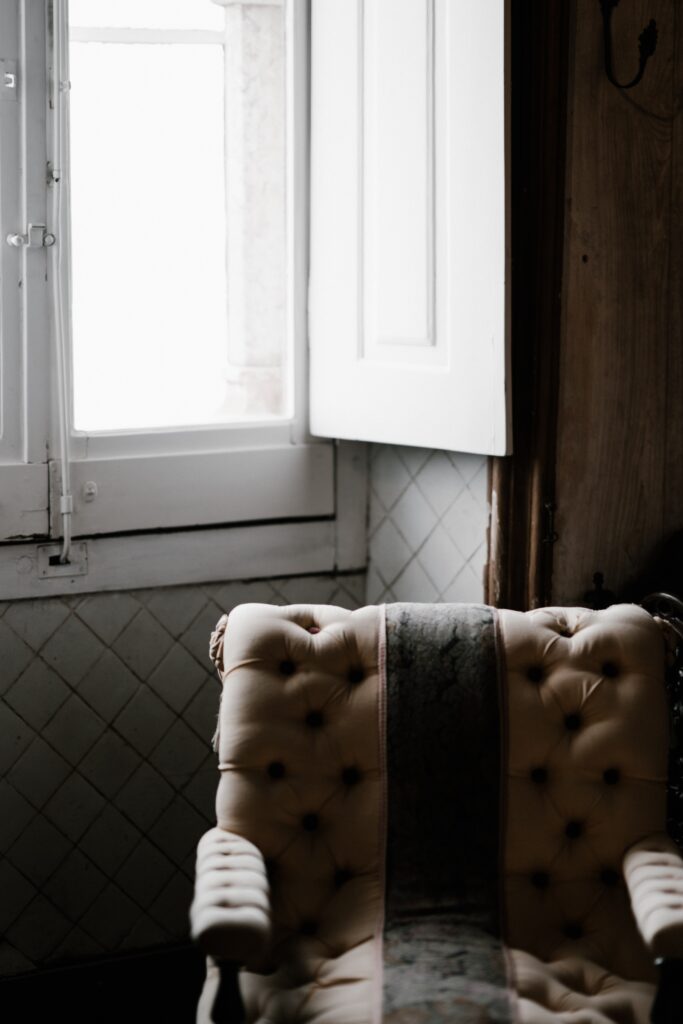
2. Shutters
Wooden shutters have fantastic insulating properties, especially if they are solid and fit well. As with curtains, it’s important to remember to close them as soon as it begins to get dark outside. Of course, the use of curtains and shutters together will increase insulation even further!
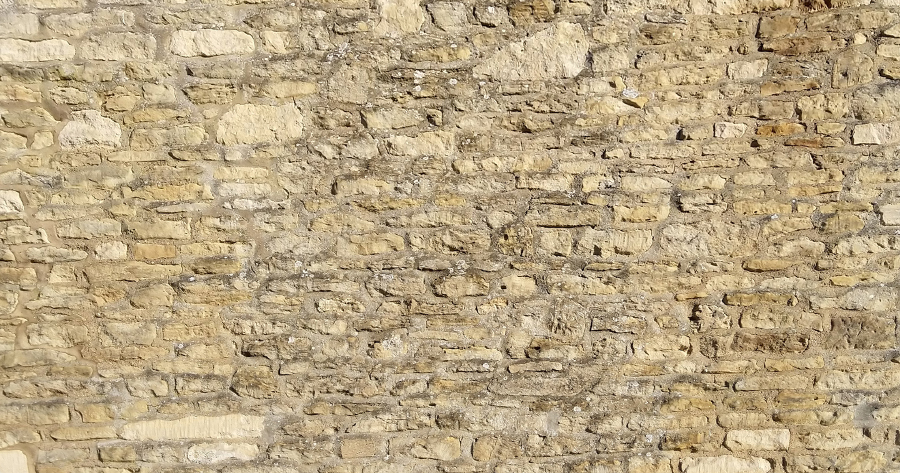
3. Let your Walls Breathe
Old thick stone walls can actually be pretty good at keeping you warm, just as long as they’re dry. Wallpaper, gypsum plaster and non-breathable paint can cause moisture to build up. By using traditional materials such as lime plaster and mortar, and clay paint or limewash allows the moisture in your walls to evaporate, making it easier to keep your house warm efficiently and avoiding mould and damp issues.
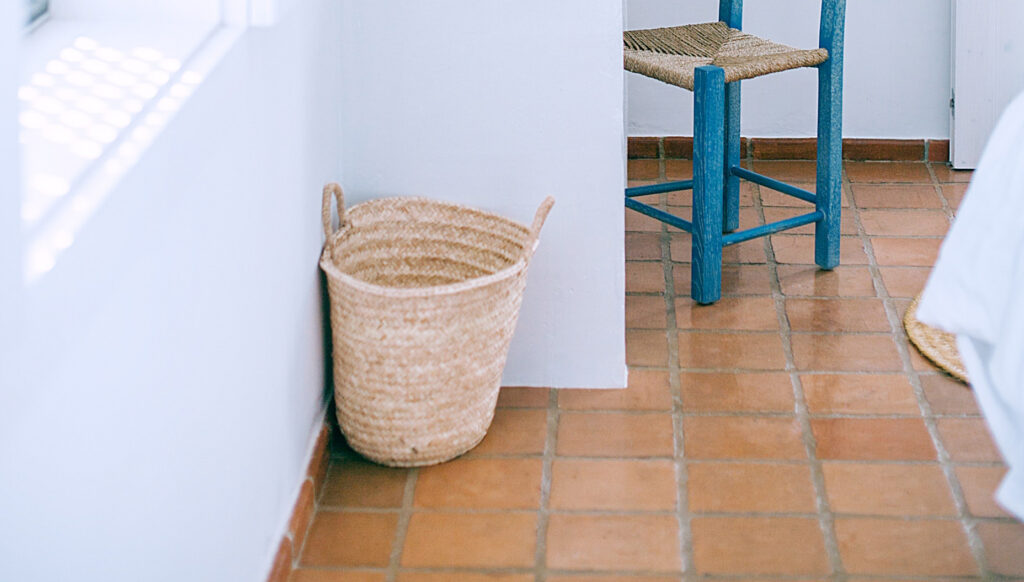
4. Insulate Above and Below
Loft insulation is the energy efficiency top tip we’re all given when moving into a new house. Vast amounts of heat can be lost through your roof and in many cases, it’s an easy job to carry out yourself.
Underfloor insulation, however, is often overlooked. It can be slightly trickier depending on the type of flooring you have but worth it if you can, without ruining the aesthetic or value of your floor. If you have a solid floor, underfloor heating can be a really efficient way to keep your house warm, though installation can be expensive. If lifting your floor to insulate isn’t an option, ensure you lay a decent carpet.
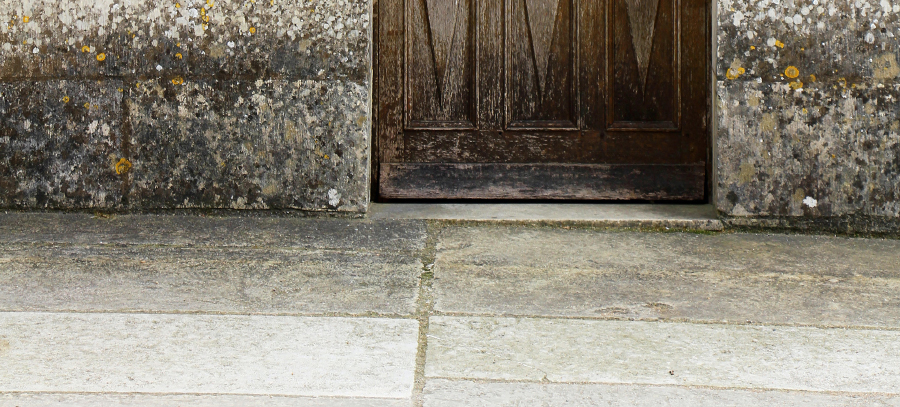
5. Keep Doors Shut and Plug Gaps
This surely goes without saying, but it is much easier to keep a small space warm than a larger one. That said, many old houses have been adapted to suit modern life, with walls knocked through and larger living spaces. If you have doors you can close, use them. If there’s a draught, use a draught excluder. Check around your doors, your letterbox, and ensure all windows are in good condition and properly sealed. However, by sealing every gap, damp air will have no way of escaping. So make sure you ventilate.
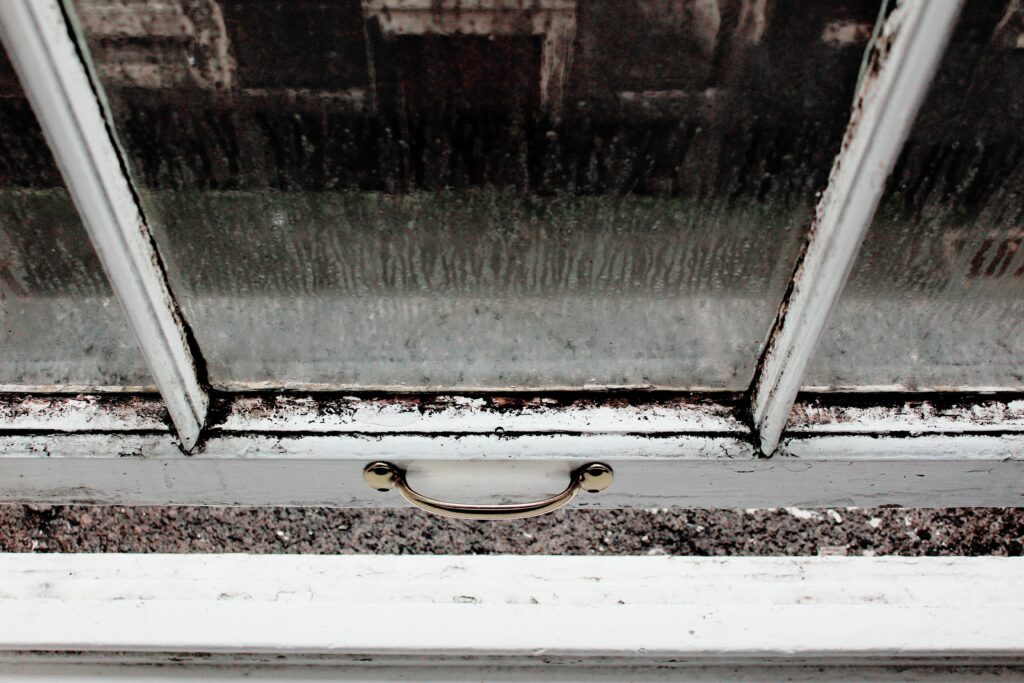
6. Stay Dry
It’s much easier and quicker to heat air than water. If the air in your house is damp, it’ll take more energy to heat. Together with that, excessively damp air can be bad for your health and for the maintenance of your property.
Ensure your walls can breathe as they should by using traditional lime materials and avoiding any form of non-permeable such as wallpaper, cladding or insulation. Clear your gutters regularly and check your household plumbing for leaks. When cooking, keeps lids on pots to avoid too much steam and whenever possible, dry your washing outside.
Install a vent. There are some very sophisticated ventilation systems available. Take a look at Positive Input Ventilation (PIV). Or, for a quick, cheap solution, When you go round opening your lovely thick curtains in the morning, open a few windows just a crack to allow the air to circulate. Then close them back up in the evening to help retain heat.
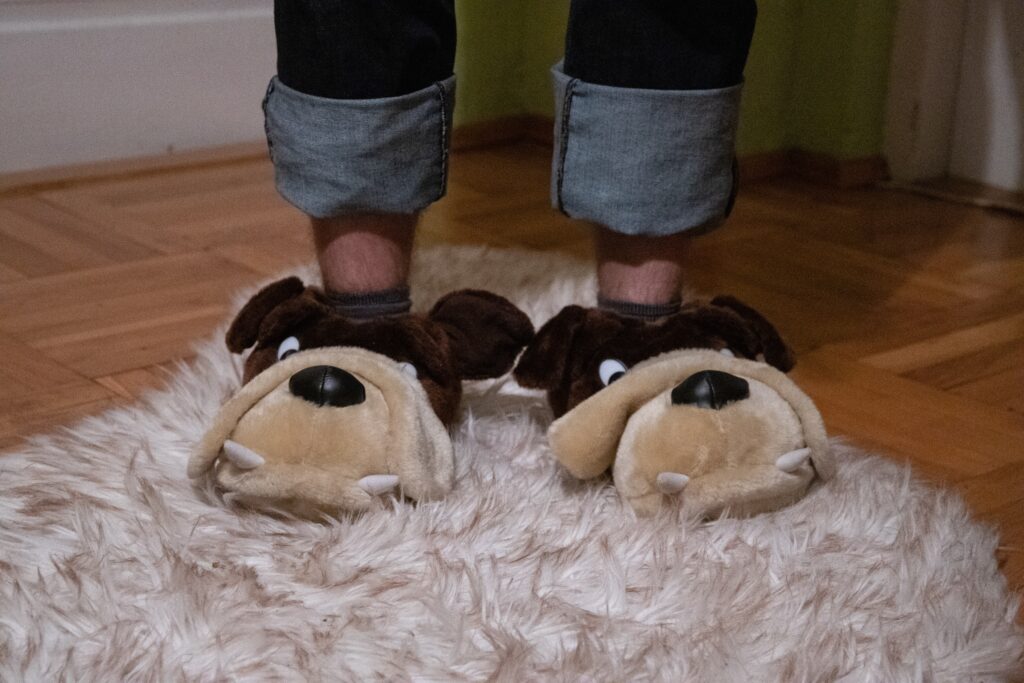
7. Layer Up
Perhaps you need not wear all your clothes, but by wearing several layers you’ll create air pockets between the layers that’ll warm up and keep you cosy. If you have cold floors, make sure you wear socks and slippers to prevent heat loss through your feet.

8. Eat Well
The old “central heating for kids” slogan from a well known breakfast brand is solidly based on fact. If you eat warm food filled with plenty of slow release carbs it will help you to stay warm. We instinctively choose comfort food in the winter months – think soups, stews, casseroles and bakes. The traditional winter spices such as cinnamon and ginger all have properties that help keep you warm too.
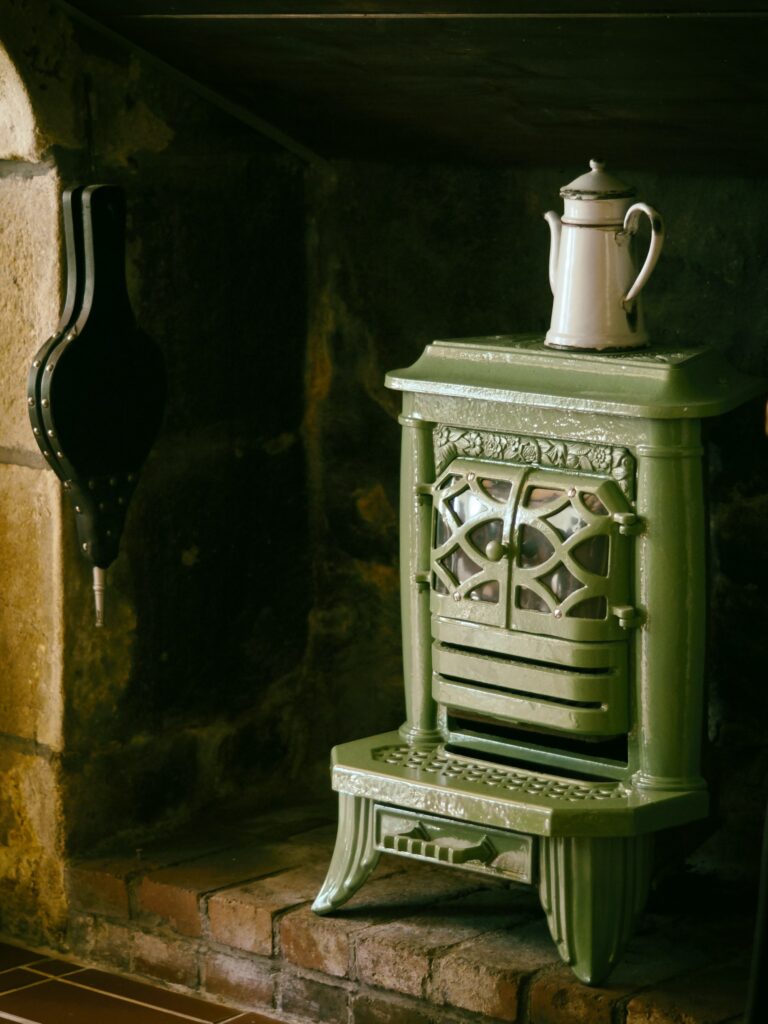
9. Use your Wood Burner
This is a topic of hot debate (‘scuse the pun!) and it could be argued that wood burners cannot be considered a climate-conscious way to heat your house. This is because they are known to emit PM2.5 a form of tiny particle pollutant which is associated with serious health problems and believed to be a significant contributor to the poor air quality in British cities.
However, wood is a renewable resource and because the trees absorbed carbon before they were burnt it can be considered carbon-neutral. Gas is a fossil fuel making it a finite resource that comes from deep within the earth and needs to then be transported to your home so it has an undeniable impact on climate change.
If your main method of heating your home is through solar panels, a heat pump or electric heaters powered by a green energy company such as Ecotricity, it would be a step in the wrong direction to use a wood-burning stove. Wood burners should certainly not be used excessively and all the suggestions above should be considered first, before wood-burning or any other form of fuel or powered heating.
If you do use a wood burner, make sure you use kiln-dried wood or compressed wood blocks, use a meter to check the temperature of your stove and get it up to optimum as quickly as possible. This will ensure you keep pollution to a minimum.
Sources:
https://www.theguardian.com/environment/2014/nov/18/how-to-make-old-homes-energy-efficient
https://www.permagard.co.uk/advice/how-to-ventilate-your-house
https://www.envirovent.com/blog/advantages-and-disadvantages-of-positive-input-ventilation-systems/
https://www.realhomes.com/advice/an-essential-guide-to-floor-insulation
https://inews.co.uk/news/environment/wood-burners-really-blame-londons-air-pollution-43876


